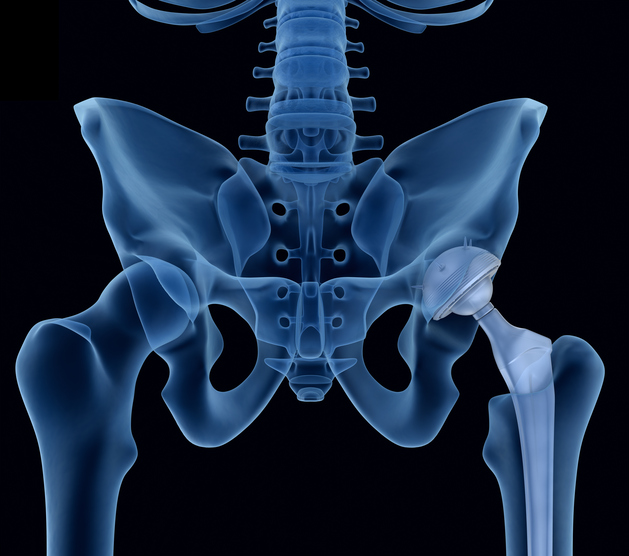Loose Bodies of the Knee
Loose bodies are fragments of cartilage or bone that freely float inside the knee joint space.
They can be the result of an injury or from generalized wear and tear over time.
Depending on the severity of the condition, there can be one or many loose bodies inside the joint.
They can be stable (they don’t move about inside the joint) or unstable (they float through the inside of the joint) which can cause pain or loss of motion.
Bone spurs are bony overgrowths that occur around the joint (i.e., at the end of the thigh bone or top of the shin bone) and are in response to abnormal stresses placed across that area.
These are most commonly seen in patients with degenerative joint disease (DJD or arthritis). Sports injuries or trauma may move the joint too much one way or another causing small pieces of bone or cartilage to shear off.
Diagnosis
The diagnosis of loose bodies follows a particular pattern while you are seen in the office a detailed history is obtained in order to determine the cause of the loose bodies.
A physical examination is performed to determine possible motion loss or loss of strength. The exam may also determine what motions of the knee are most painful for the patient. Plain x-rays of the knee joint may show the loose bodies.
An MRI (Magnetic Resonance Imaging) or MRA (Magnetic Resonance Arthogram), which is an MRI using dye injected into the joint, can be used also to find positioning of the loose bodies within the joint.
A CT (Computed Tonography) may also be used less frequently to see where the bodies are sitting within the knee joint.
Surgery
Arthroscopic surgery is utilized to directly visualize the inside of the joint and remove these fragments. Additional measures to smooth out roughened edges of the cartilage may be performed as needed. Bone spurs are usually seen as a component of arthritis in the knee and are usually addressed as part of total knee replacement surgery.
Knee Arthroscopy
Almost all arthroscopic knee surgery is done on an outpatient basis.
Procedure
your doctor will make a few small incisions in your knee. A sterile solution will be used to fill the knee joint and rinse away any cloudy fluid. This helps your doctor see your knee clearly and in great detail.
Close-up of meniscal repair
your doctor’s first task is to properly diagnose your problem. He or she will insert the arthroscope and use the image projected on the screen to guide the procedure. If surgical treatment is needed, your doctor will insert tiny instruments through another small incision. These instruments might be scissors, motorized shavers, or lasers.
This part of the procedure usually lasts 30 minutes to over an hour. How long it takes depends upon the findings and the treatment necessary.
Arthroscopy for the knee is most commonly used for:
- Removal or repair of torn meniscal cartilage
- Reconstruction of a torn anterior cruciate ligament
- Trimming of torn pieces of articular cartilage
- Removal of loose fragments of bone or cartilage
- Removal of inflamed synovial tissue
your doctor may close your incisions with a stitch, staples or steri-strips (small bandaids) and cover them with a soft bandage.
You will be moved to the recovery room and should be able to go home within 1 or 2 hours. Be sure to have someone with you to drive you home.






